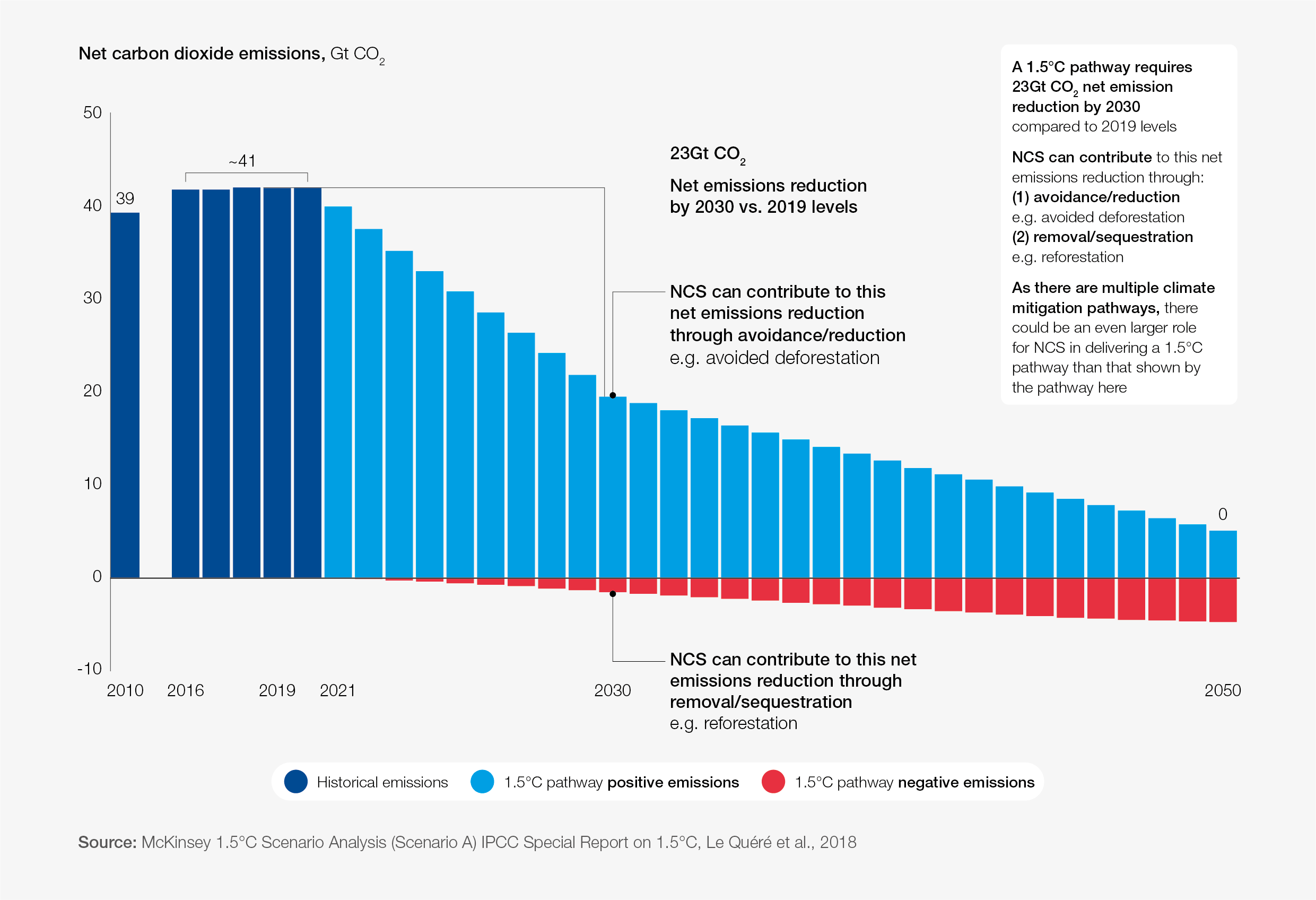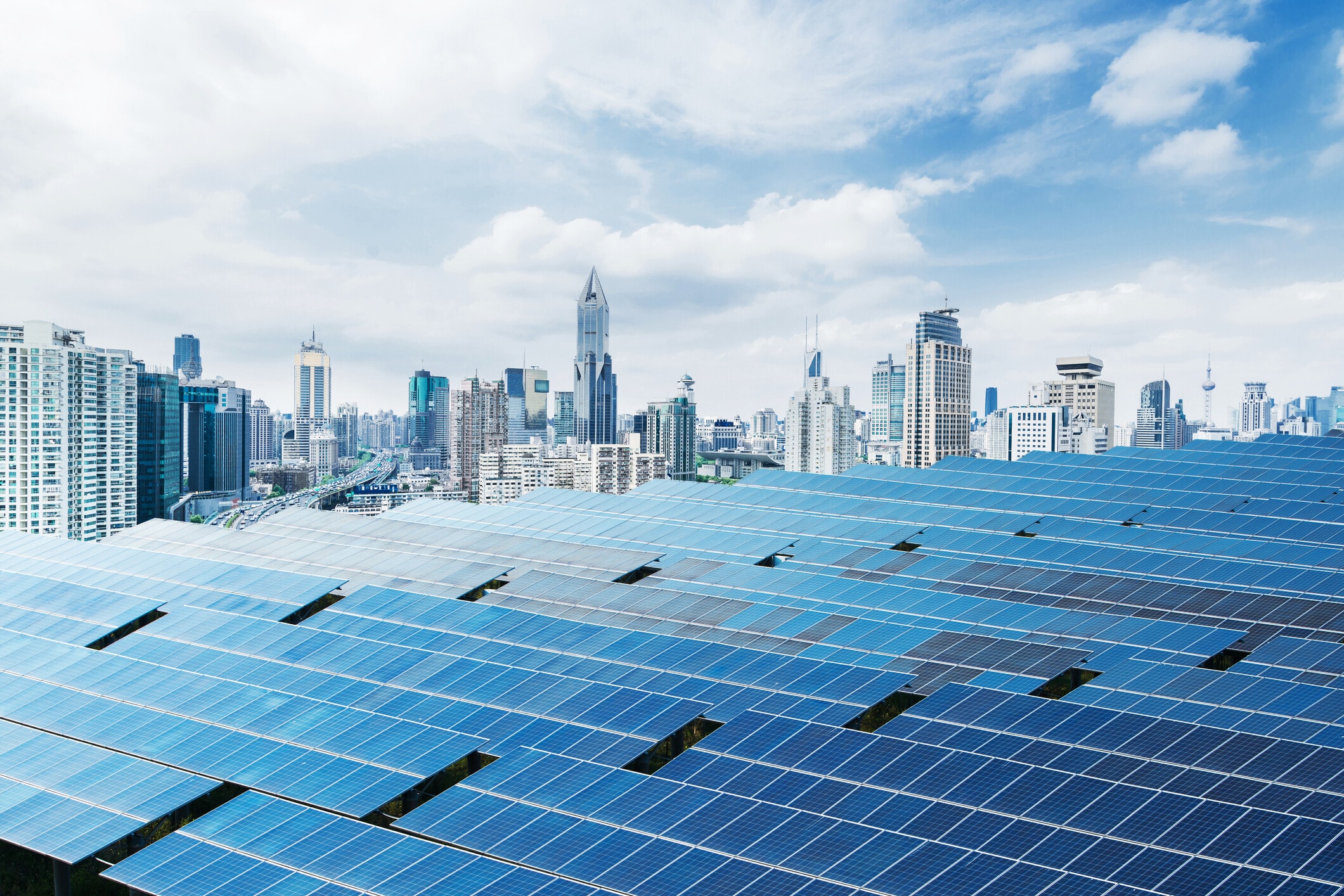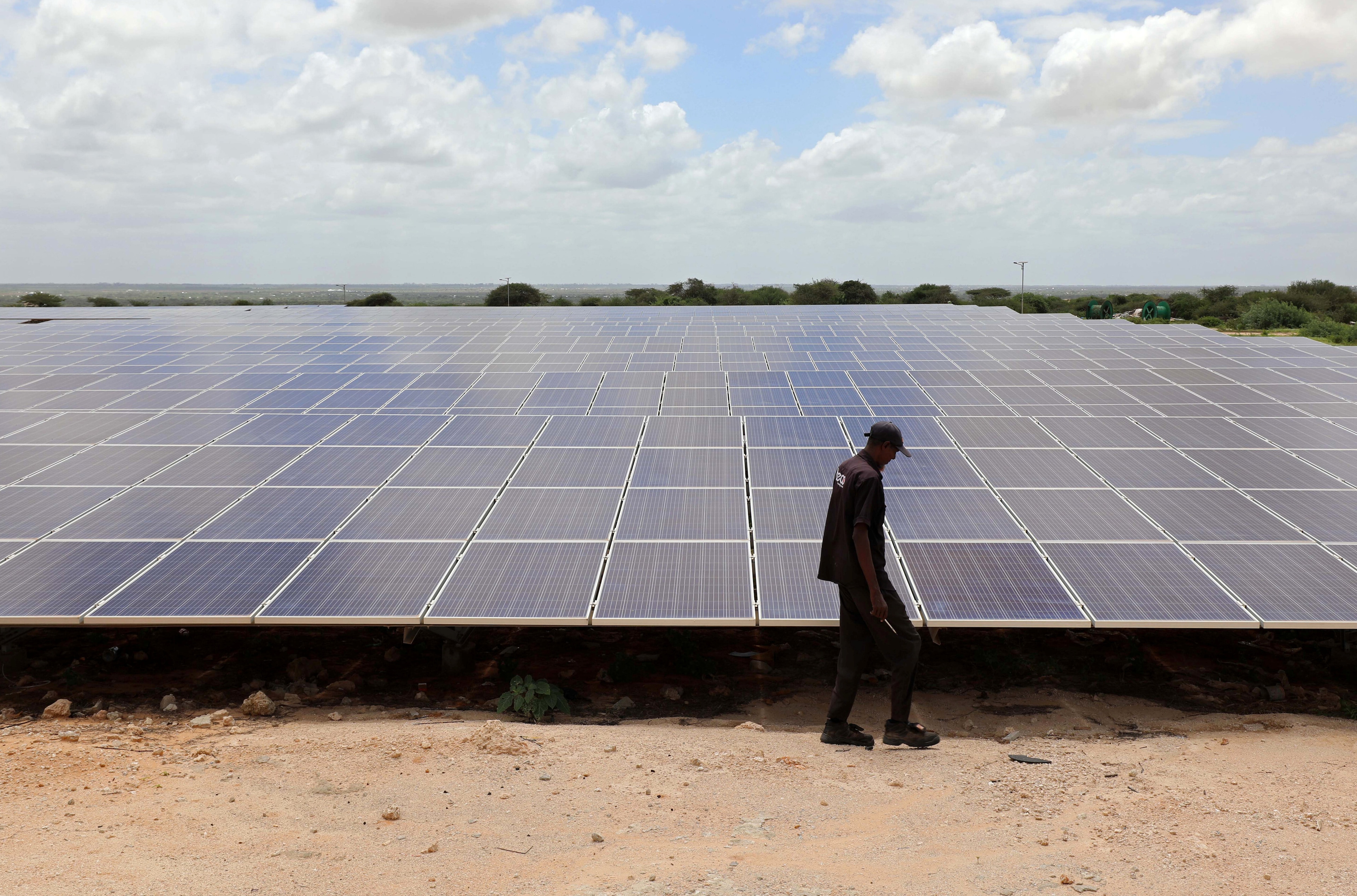Asia plans to build hundreds of nuclear power stations

Asia is leading the charge for more nuclear reactors.
Image: REUTERS/Stephane Mahe
Stay up to date:
Nuclear Security
- There are 35 nuclear reactors currently under construction in Asia.
- China, Japan and India are driving the dash for nuclear energy in Asia.
- Across Asia there are proposals for another 220 nuclear power plants.
- Germany and Italy are phasing out nuclear power stations.
- Across Europe there are 15 nuclear reactors being built.
- Concerns remain over safety and the treatment of nuclear waste.
After announcing its plans for a phase-out of nuclear power in 2000 and ramping up financial and infrastructural investments in renewable energy production since then, Germany is entering the home stretch: In the following weeks, the country will take offline three of its six remaining nuclear power plants, with the remaining three following at the end of 2022. Since there are no plans to build new reactors, this will make the European country only the second nation worldwide next to Italy to close down all preexisting nuclear reactors without constructing new ones so far. As our chart indicates, the rest of the world is not ready to ditch this power source quite yet.
Asia in particular is still big on nuclear power, even with the nuclear disaster at Fukushima happening as recently as 2011 and some neighboring regions still being visibly affected by the fallout to this day. Japan still has 33 reactors in commission while proposals, planning or construction have started on an additional eleven according to data by the World Nuclear Association. India plans to triple its number of nuclear power plants to 72 in total, while China has proposed the construction of 168 new reactors in addition to 18 being built and 37 being planned, which would amount to an increase of 337 percent. Overall, 35 reactors around Asia are already in construction, with Europe coming in second with 15 plants.
What is the World Economic Forum doing on natural climate solutions?
While the steady increase in energy consumption and the scarcity of fossil fuels like coal, crude oil and gas might make nuclear energy a viable, clean option on paper, the technology still poses a great many risks, especially when it comes to the correct disposal and storage of highly radioactive waste products and the condition of older plants. According to data by the International Atomic Energy Agency, two thirds of the 441 currently active nuclear power plants are older than 30 years, a fact that might make thinking about at least overhauling those plants instead of building new ones something to consider.
Accept our marketing cookies to access this content.
These cookies are currently disabled in your browser.
Don't miss any update on this topic
Create a free account and access your personalized content collection with our latest publications and analyses.
License and Republishing
World Economic Forum articles may be republished in accordance with the Creative Commons Attribution-NonCommercial-NoDerivatives 4.0 International Public License, and in accordance with our Terms of Use.
The views expressed in this article are those of the author alone and not the World Economic Forum.
Forum Stories newsletter
Bringing you weekly curated insights and analysis on the global issues that matter.
More on Energy TransitionSee all
Eneida Licaj and Genevieve Sherman
September 10, 2025
Thomas Kiessling
September 10, 2025
Rosa Kariger
September 8, 2025
Maciej Kolaczkowski
September 8, 2025
Mohamed Okash
September 5, 2025
Volker Sick
September 4, 2025









